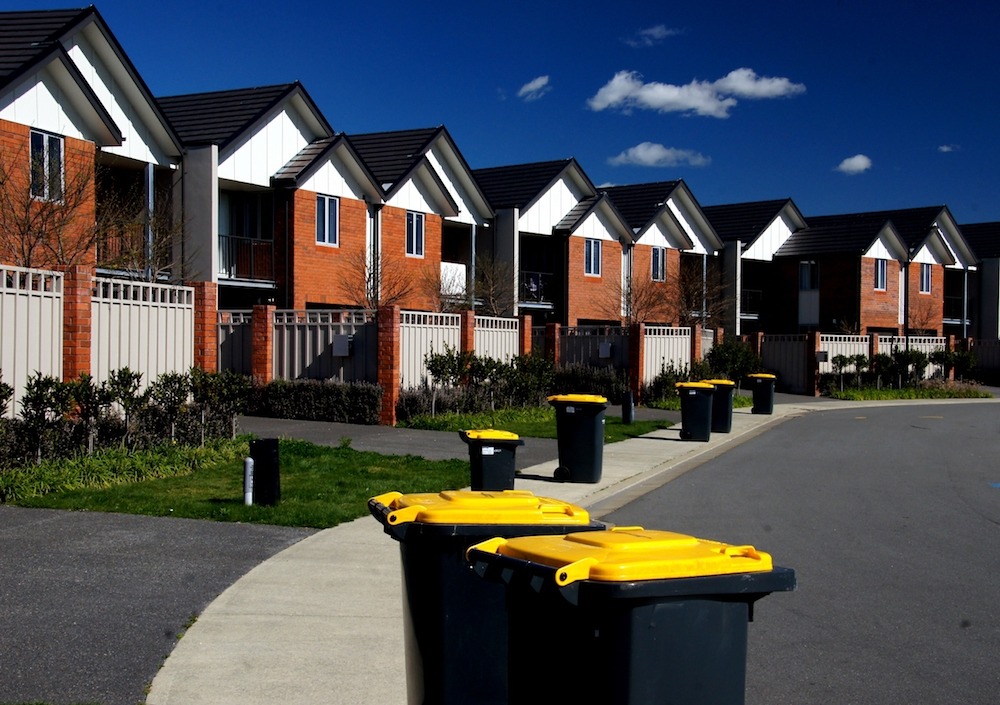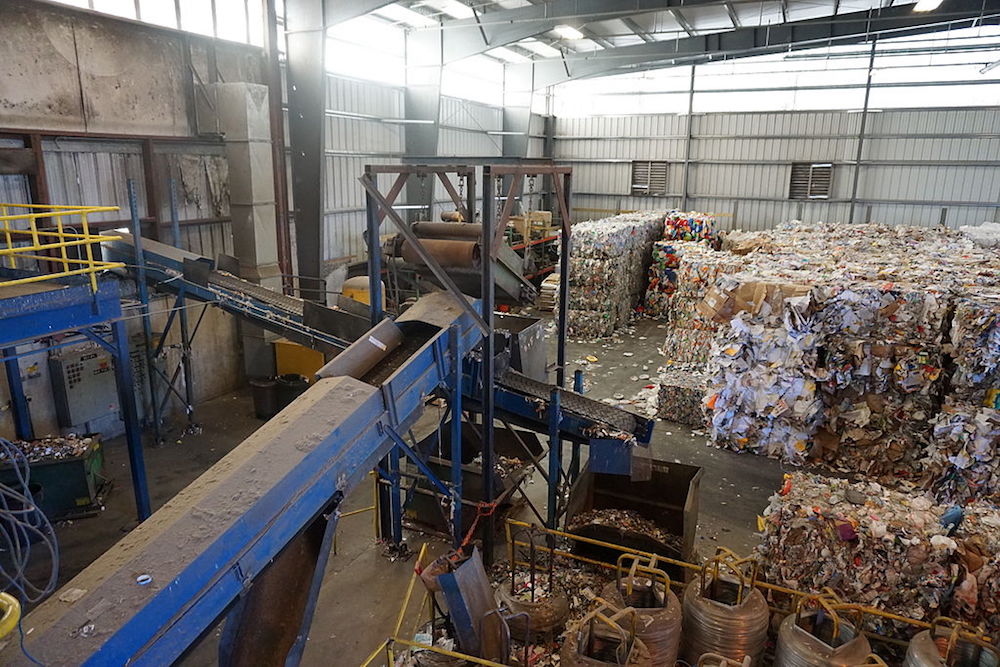The report looking at plastic reprocessing comes as the UK government consults on its 30% recycled content plastics tax, which it plans to bring into force in 2022

A new report suggests that the UK’s reprocessing capacity may need to increase by 100% (Credit: PxHere)
The plastic reprocessing capacity in the UK needs to be doubled by 2022 if manufacturers are to meet recycled content targets, according to recycling charity RECOUP.
At the beginning of March, the country’s government announced plans to introduce a tax on plastic packaging.
Coming into force in April 2022, it will cost manufacturers and importers £200 ($262) per tonne on packaging made from less than 30% recycled plastic.
A report published by RECOUP suggests the UK’s reprocessing capacity may need to increase by 100% to meet the 30% recycled content goal for household plastic packaging placed on the market, and more than 200% for food-grade rigid household plastic packaging.
The charity’s policy and infrastructure manager, Steve Morgan, said: “The research conducted by RECOUP in producing the Infrastructure Report highlights the need for the UK to shift towards more domestic recycling in the UK, for the industry to be able to cope with increasing demand for high-quality recycled plastic.
“To deliver the infrastructure to meet a recycled content target, reforming the UK Packaging Producer Responsibility System is essential in order to provide underpinning foundations and ensure the necessary investment and confidence are in place to help the UK deliver a sustainable business model to build and maintain the required recycling infrastructure for plastic packaging.”
What does the report say about the current reprocessing capacity in the UK
The report, UK Household Plastic Packaging Sorting and Reprocessing Infrastructure, also outlines the country’s current household plastic packaging sorting capacity.
Currently, there are 110 material recovery facilities (MRFs) in the UK that can sort household plastic packaging from other material streams.
It estimated that these give the country a permitted MRF capacity of between 1.6 and 1.9 million tonnes for sorting plastic packaging across all sources — household, commercial and industrial.
The report claims this gives the UK an actual throughput of between 825,000 and one million tonnes of plastic packaging from all sources.

In the country, there are also seven plastic recovery facilities (PRFs) which sort household plastic packaging — providing a total operational sorting capacity of approximately 350,000 tonnes per annum.
The report concludes by saying that sorting capacity at both MRFs and PRFs is, by quantity at least, not a barrier to meeting a 30% recycling content target.
Although these can achieve high-grade material quality, further increasing quality material produced by sorting does add to costs and operational challenges.
This is something waste management providers are working hard to achieve given the current investment and commercial realities they face.
Current capacity to recycle household plastic packaging in the UK compared to future recycled content scenarios
Alongside looking at current capacity, the report investigated four scenarios in meeting the 30% recycled content goals.
The first looked at recycled content in all household plastic packaging placed on the market.
Based on the current reprocessing capacity of 230,000 tonnes, there would be a shortfall of approximately the same amount — meaning a 100% increase would be required on current capacity.
The second scenario focused on the amount of rigid household plastic packaging being manufactured.
Once again, it has a current reprocessing capacity of 230,000 tonnes, creating a shortfall of approximately 110,000 tonnes — requiring a 50% increase in current capacity.
Scenario three looked at the amount of food-grade rigid household plastic packaging in the marketplace.
The current 65,000 tonnes of food-grade pellet and compound manufacture capacity would create a 135,000-tonne shortfall.
This means there needs to be an approximate 210% increase in the current reprocessing capabilities.
The final scenario considers what happens when the export market is not available as an outlet for household plastic packaging collected for recycling, meaning all the material would need to be reprocessed in the UK.
Due to the current reprocessing capacity of 230,000 tonnes, there would be a shortfall of approximately 320,000 tonnes — meaning a 140% increase in the capacity would be needed.
The report also considers the reprocessing infrastructure set to come online in the next few years.
This includes plans to build more plastic sorting capacity including a PRF with a permitted 85,000 tonnes of capacity in Scotland.
Overall, RECOUP estimates there is currently approximately 260,000 tonnes of plastic packaging reprocessing capacity either planned or becoming operational in 2020.
The report adds that, if the intended implementation of a recycled content tax is April 2022, plans need to be in place now for any potential new site to be operational at a commercially viable efficiency by that date.
